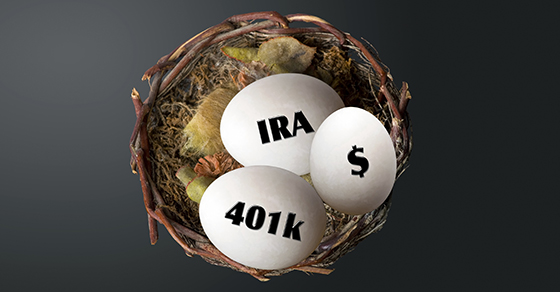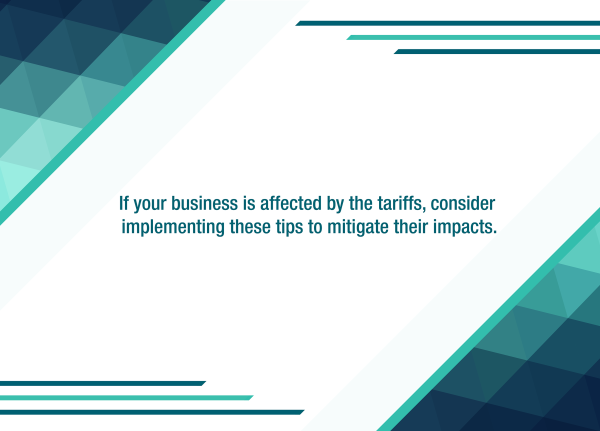When it comes to estate planning, asset protection is paramount. No matter how well your estate plan is designed, it won’t benefit anyone if you wind up with no wealth to share with your family.
If you have substantial assets in employer-sponsored retirement plans or IRAs, it’s important to understand the extent to which those assets are protected against creditors’ claims and, if possible, to take steps to strengthen that protection.
Employer plans
Most qualified plans — such as pension, profit-sharing and 401(k) plans — are protected against creditors’ claims, both in and out of bankruptcy, by the Employee Retirement Income Security Act (ERISA), which also extends to 403(b) and 457 plans.
IRA-based employer plans — such as Simplified Employee Pension (SEP) plans and Savings Incentive Match Plans for Employees (SIMPLE) IRAs — are also protected in bankruptcy. But there’s some uncertainty over whether they’re protected outside of bankruptcy.
IRAs
The level of asset protection available for IRAs depends in part on whether the owner is involved in bankruptcy proceedings. In a bankruptcy context, creditor protection is governed by federal law. Under the Bankruptcy Abuse Prevention and Consumer Protection Act (BAPCPA), both traditional and Roth IRAs are exempt from creditors’ claims up to an inflation-adjusted $1 million.
However, the IRA limit doesn’t apply to amounts rolled over from a qualified plan or a 403(b) or 457 plan — or to any earnings on those amounts. Suppose, for example, that you have $4 million invested in a 401(k) plan. If you roll it over into an IRA, the entire $4 million, in addition to all future earnings, will generally continue to be exempt from creditors’ claims in bankruptcy.
To ensure that rollover amounts are fully protected, keep those funds in separate IRAs rather than consolidating them with any contributory IRAs you might own. Also, ensure the rollover is fully documented and the word “rollover” is explicitly part of its name. It is also important to note that once a distribution is made from the IRA, it’s no longer protected.
Outside of bankruptcy, the protection afforded to an IRA depends on state law.
What about inherited IRAs?
In 2014, the U.S. Supreme Court held that inherited IRAs don’t qualify as retirement accounts under bankruptcy law. The Court reasoned that money in an IRA retirement account was set aside “at some prior date by an entirely different person.” But after an inheritance, it no longer bears the legal characteristics of retirement funds as the heir can withdraw said funds at any time without penalty and take other steps not required with non-inherited IRAs. Therefore, they’re not protected in bankruptcy. (Clark v. Rameker)
Consult with your legal counsel about protection for retirement accounts in a non-bankruptcy context.
Protect yourself
If you’re concerned that your retirement savings are vulnerable to creditors’ claims, please contact us. The effectiveness of these strategies depends on factors such as whether future creditor claims arise in bankruptcy and what state law applies.
____________________________________
We highly recommend you confer with your Miller Kaplan advisor to understand your specific situation and how this impacts you.



